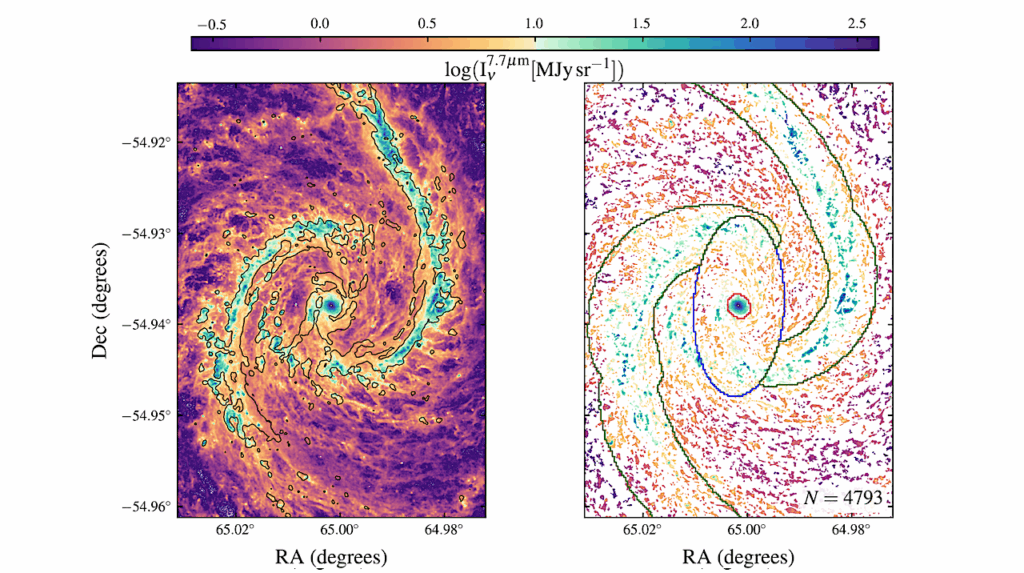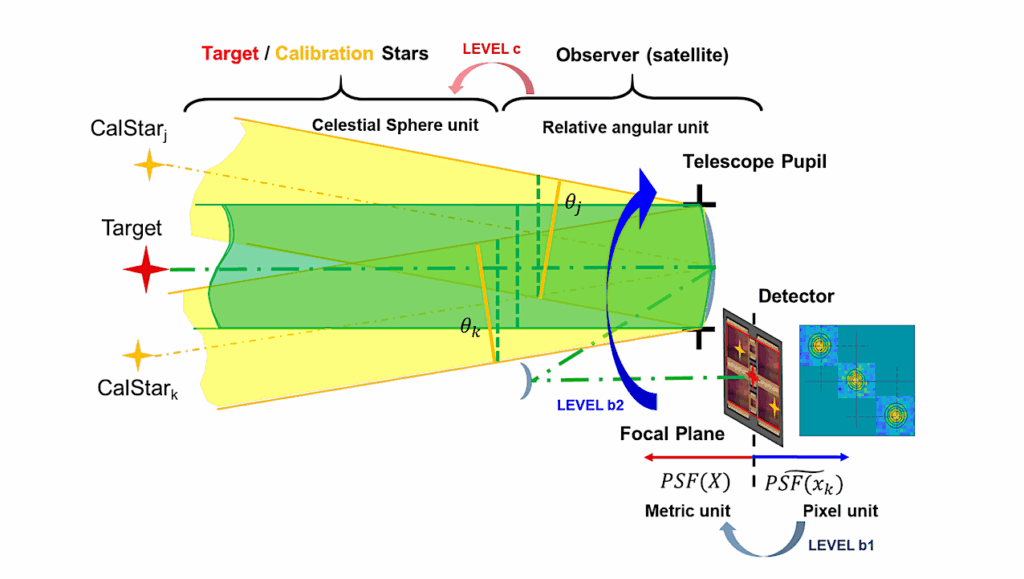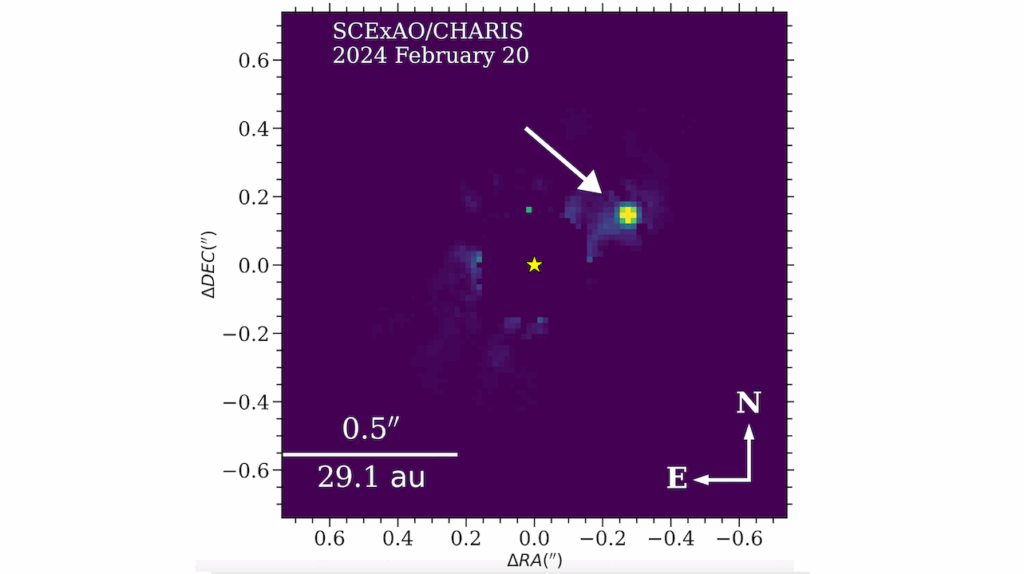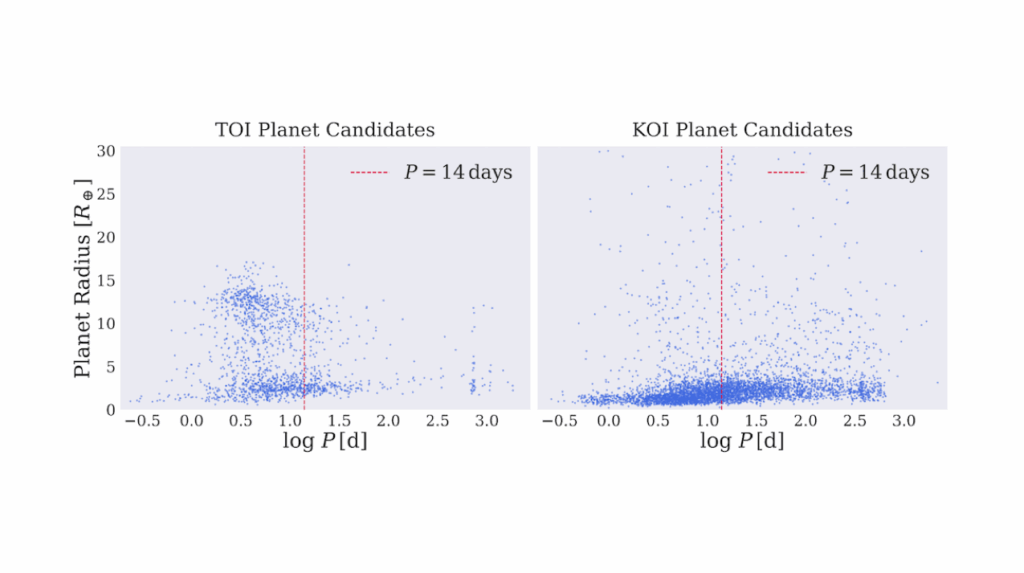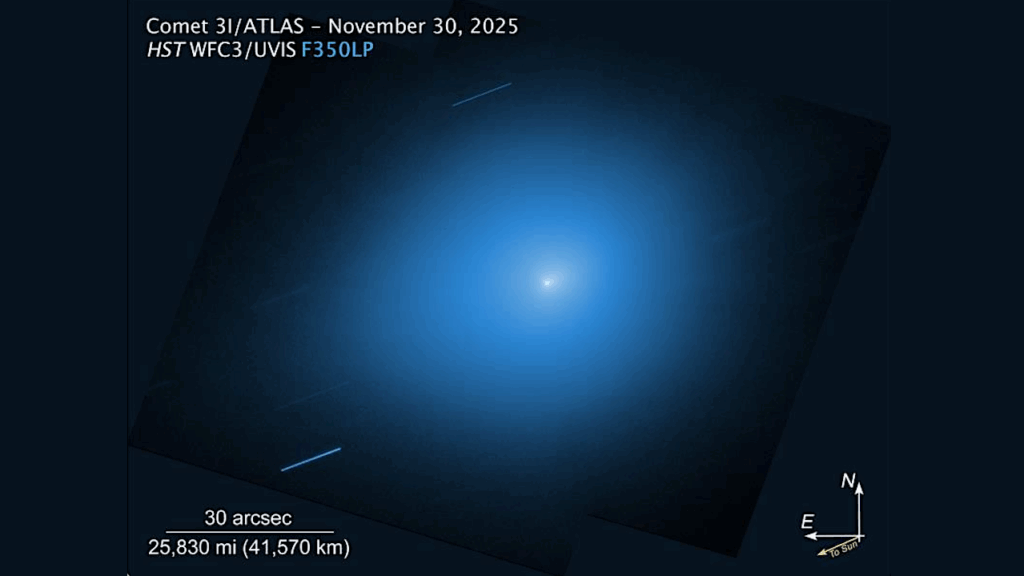Wobbling Stars Reveal Hidden Companions In Gaia Data
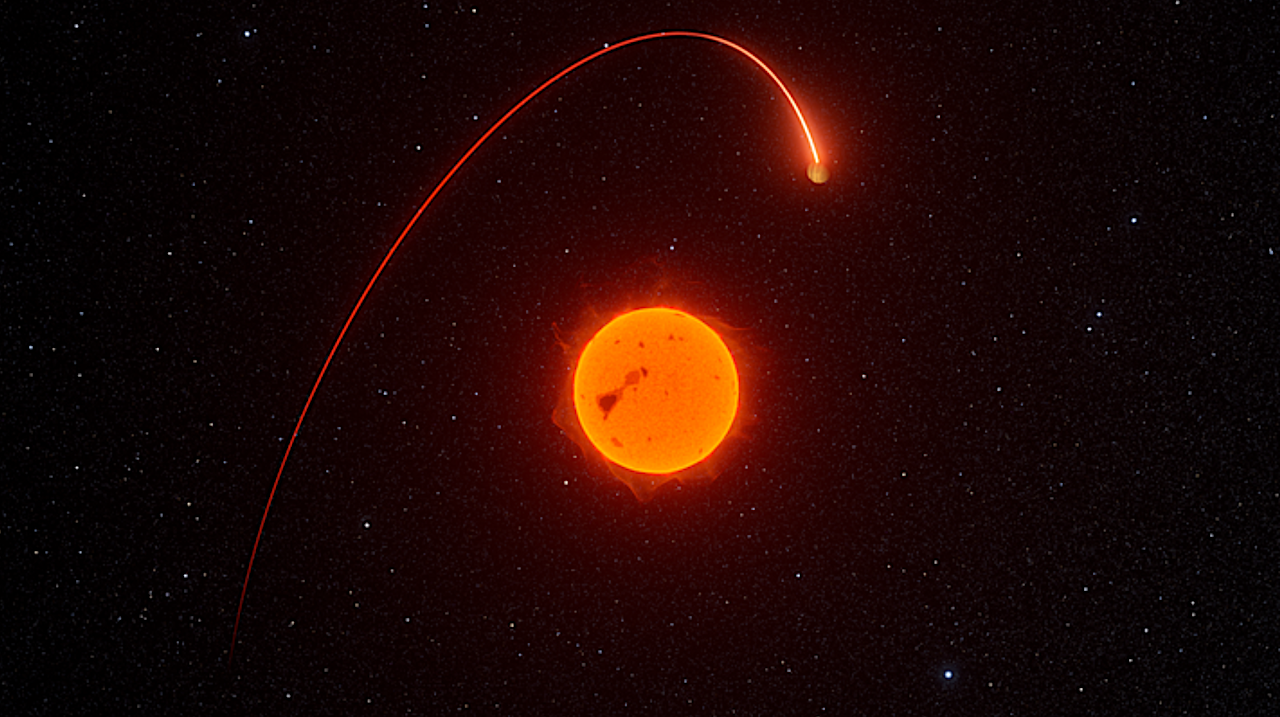
New research, published today, uses data collected by ESA’s Gaia spacecraft to confirm the existence of two mysterious celestial objects. Gaia-4b is a ‘Super-Jupiter’ exoplanet, and Gaia-5b a brown dwarf. These massive objects are unexpectedly orbiting low-mass stars.
Gaia-4b is a planet orbiting the previously unremarkable star Gaia-4 around 244 light-years away. Gaia-5b orbits the Gaia-5 star, around 134 light-years away from Earth. These two newly discovered objects are nearby, in our own galactic neighbourhood. Their existence challenges current theories of planet formation, and Gaia’s ongoing mission will provide valuable data to help us understand these intriguing objects.
“Gaia-4b is about twelve times more massive than Jupiter. With an orbital period of 570 days, it is a relatively cold gas giant planet,” explains first author Guðmundur Stefánsson of the University of Amsterdam, the Netherlands, and first author of the new study.
“With a mass of around 21 Jupiters, Gaia-5b is a brown dwarf, more massive than a planet but too light to sustain nuclear fusion to be a star,” Guðmundur adds.
From wobbles to new worlds
Since its launch in 2013, ESA’s Gaia spacecraft has been building the largest, most precise three-dimensional map of our galaxy. Spinning slowly, it scanned the sky with two optical telescopes, repeatedly pinpointing the positions of two billion objects with unprecedented precision, until its end of science observations on 15 January 2025. Because Gaia precisely tracked the motion of stars – a technique known as astrometry – thousands of new objects are expected to be discovered in its data.
A planet in orbit around a star creates a tiny gravitational ‘tug’ that makes the star ‘wobble’ around its centre of mass and travel in a corkscrew-like motion across the sky. The easiest objects to discover using astrometry are massive and in distant orbits around their parent star. Previously, a few massive brown dwarfs were confirmed to exist by other telescopes who observed their faint glow next to bright stars for which Gaia had detected such a wobble.
That’s in contrast to the transit method, which detects planets as they pass in front of their star and is most likely to find planets in a close orbit. And although detecting a wobble suggests a star might have a planet, there are other potential causes (such as binary star systems), so astrometric discoveries must be confirmed using other methods.
“Gaia was repeatedly scanning these stars, building up an increasingly detailed picture over time,” Guðmundur says. “In 2022, Gaia Data Release 3 included a list of stars that appear to be moving as though pulled by an exoplanet. Using ground-based spectroscopic data and the radial velocity technique to investigate these stars, we confirmed our first planet and our first brown dwarf.”
Combining astrometric and radial velocity data allows astronomers to find all the orbital details and the mass of the orbiting object, offering a unique opportunity to create three-dimensional visualisations.
“About 75% of the stars in the Milky Way are low-mass stars, with masses between about 10% and 60-65% of the mass of the Sun. Because they’re so numerous, they’re also our nearest neighbour stars,” explains Guðmundur. “Massive planets around low-mass stars are known to be relatively rare, but when they occur, they cause a larger wobble, and therefore a stronger astrometric signature that is easier to detect.”
Treasure trove for planet hunters
Whereas a previous exoplanet was found by the Gaia and Hipparcos missions in tandem, the presence of Gaia-4b was revealed by Gaia data alone.
When the next batch of Gaia data is released in 2026, it will contain 5.5 years of mission data that could uncover hundreds – if not thousands – of planets and brown dwarfs around nearby stars. That will give us new insights into how these different objects form, and Gaia is paving the way for a new era of astrometric discovery, leading to a deeper understanding of the diverse planetary systems that populate our galaxy.
ESA Research Fellow Matthew Standing is an exoplanet expert. “This discovery is an exciting tip-of-the-iceberg for the exoplanet discoveries we can expect from Gaia in the future,” he explains. “The discovery of Gaia-4b is an important breakthrough in the use of Gaia astrometry for exoplanet detection, complimenting the other exoplanet detection methods used by ESA’s Cheops and the upcoming Plato mission.”
“Gaia has seen the telltale signs of known exoplanets before, but this time Gaia revealed an entirely new extrasolar world,” says Johannes Sahlmann, Gaia Project Scientist at ESA. “The discovery of Gaia-4b shows how Gaia’s detailed measurements complement established exoplanet discovery techniques and offer new opportunities for exoplanet research. The upcoming fourth Gaia data release will be a treasure trove for planet hunters.”
Notes for editors
“Gaia-4b and 5b: Radial Velocity Confirmation of Gaia Astrometric Orbital Solutions Reveal a Massive Planet and a Brown Dwarf Orbiting Low-mass Stars” by Guðmundur Stefánsson et al is published today in The Astrophysical Journal. https://doi.org/10.3847/1538-3881/ada9e1
Astrobiology,


